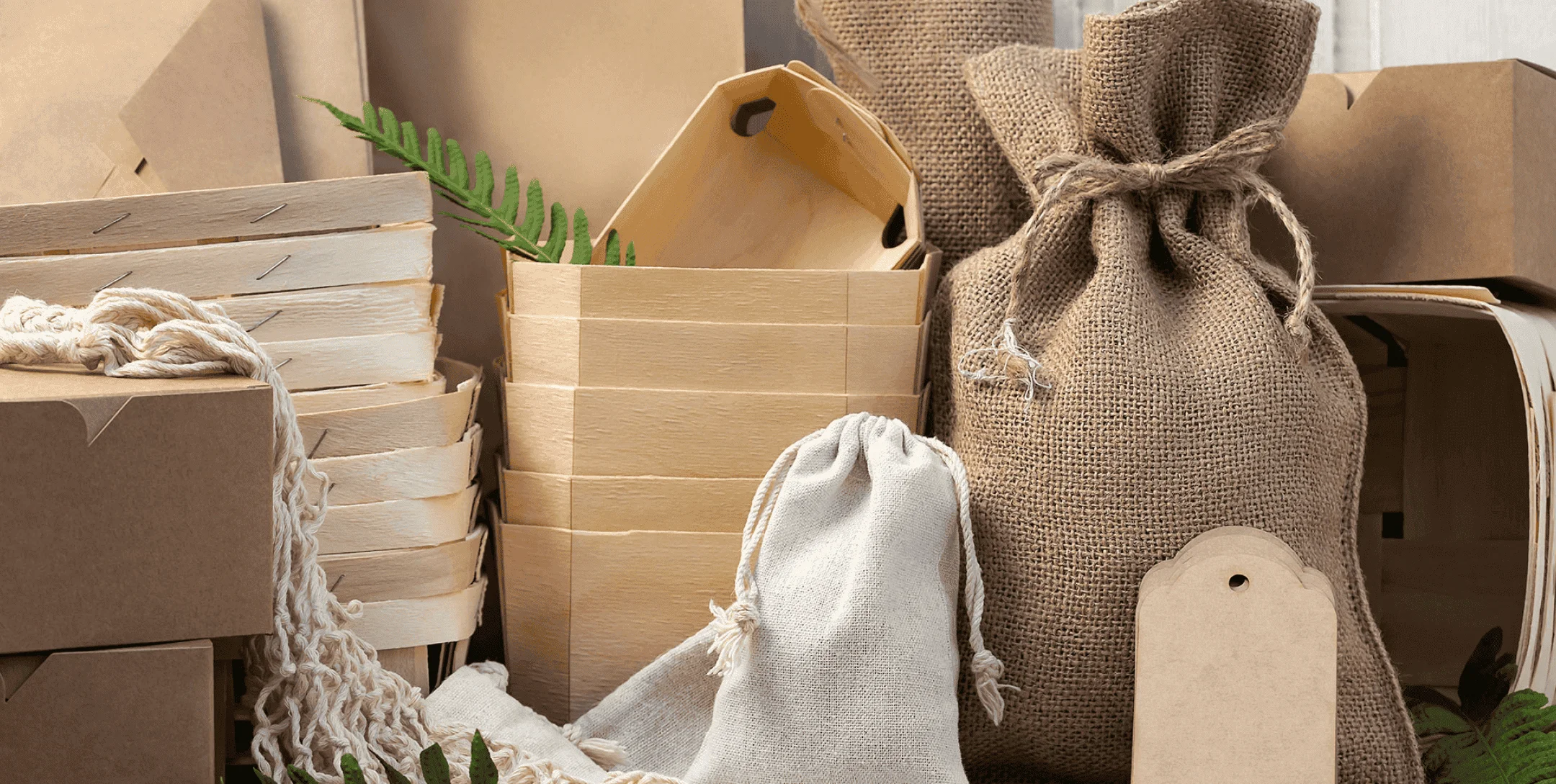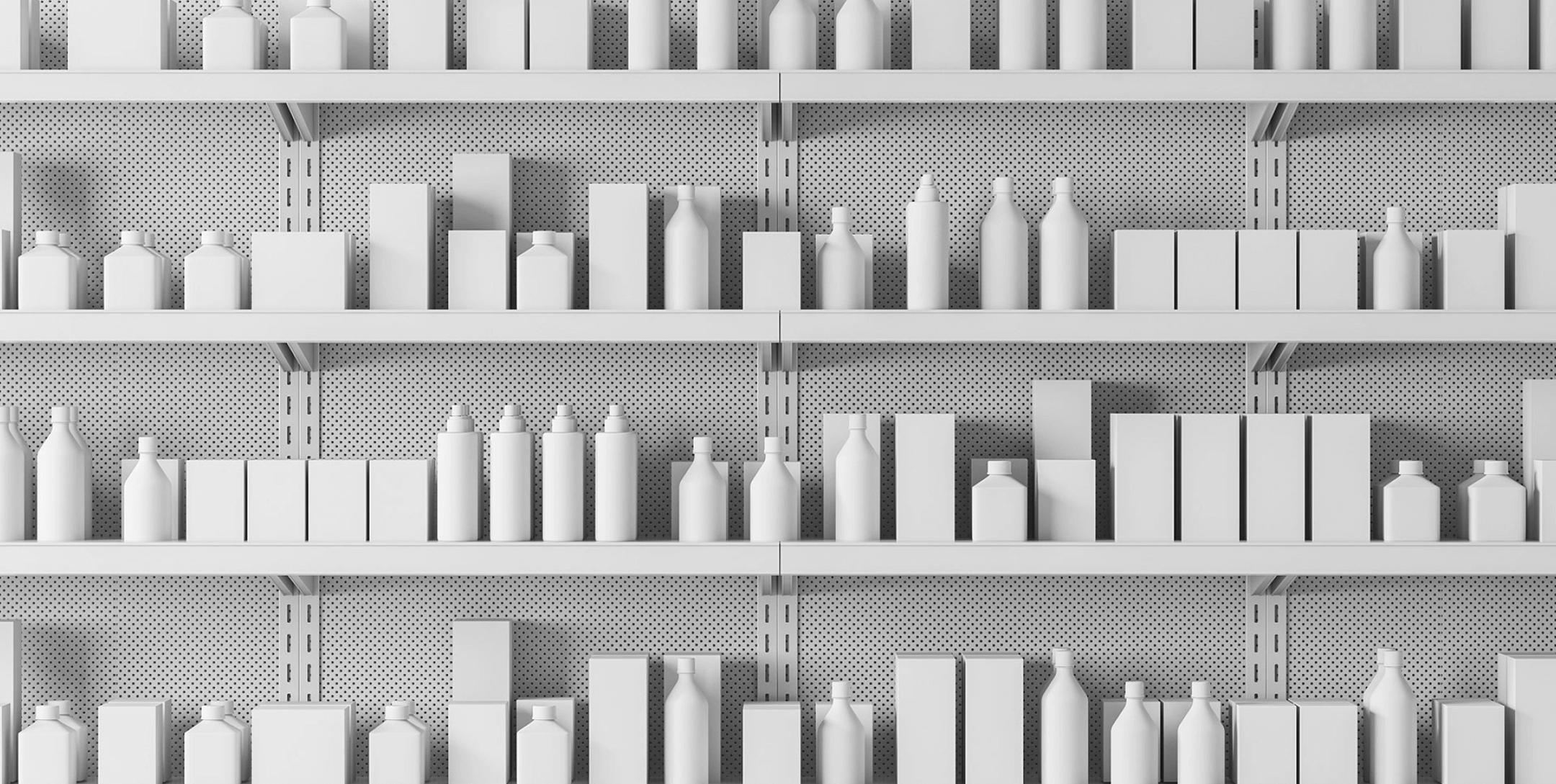6 Remarkable Eco-Friendly Packaging Materials for a Greener Future
6 Remarkable Eco-Friendly Packaging Materials for a Greener FutureIn today's rapidly evolving world, sustainability and eco-friendliness have emerged as more than just trendy buzzwords. They have become a necessity, driving significant changes in consumer behavior and shaping the way businesses operate. One area where this shift is particularly evident is in product packaging. Consumers are increasingly conscious of the environmental impact of their purchasing decisions, with a growing desire to support brands that align with their values.
A staggering statistic from the Buying Green Report highlights this trend: 77% of consumers are willing to spend more on products that come in sustainable packaging. This data underscores the importance of incorporating eco-friendly practices into product packaging for businesses across industries.
Sustainable packaging goes beyond being a mere marketing tactic; it is a reflection of a brand's commitment to responsible practices and its dedication to minimizing its environmental footprint.
By adopting eco-friendly packaging solutions, businesses can actively contribute to a healthier planet and appeal to a growing consumer base that prioritizes sustainability.
Eco-friendly packaging: Why is it so important?Eco-friendly packaging refers to a range of materials, designs, and practices that prioritize environmental sustainability. It involves using renewable resources, minimizing waste generation, and opting for materials that are biodegradable, recyclable, or compostable. The goal is to reduce the negative impact of packaging on the planet while maintaining the functionality and appeal of the product.
So, why is eco-friendly packaging important? Let's delve into a few key reasons:
1. Environmental PreservationUnlike traditional packaging materials that have adverse effects, eco-friendly alternatives offer a sustainable approach. Materials like bioplastics, recycled paper, and plant-based alternatives play a vital role in reducing our ecological footprint, minimizing greenhouse gas emissions, and nurturing ecosystems.
2. Meeting Consumer DemandsToday's consumers are increasingly mindful of the environmental footprint of the products they purchase. They actively seek out brands that align with their values and prioritize sustainability. According to the Dotcom Survey 67% of shoppers prioritize eco-friendly packaging when choosing a brand.
By embracing eco-friendly packaging, businesses can attract and retain eco-conscious customers, leading to increased brand loyalty and market competitiveness.
3. Brand Reputation and DifferentiationIncorporating eco-friendly packaging into your business practices demonstrates your commitment to sustainability and responsible business practices. It showcases your brand as an environmentally conscious and socially responsible entity, which can enhance your reputation and distinguish you from competitors.
4. Regulatory ComplianceGovernments and regulatory bodies are implementing stricter guidelines and regulations around packaging waste and environmental impact. By adopting eco-friendly packaging practices proactively, businesses can stay ahead of these regulations, avoid penalties, and demonstrate compliance, ensuring a smooth and sustainable operation.
5. Long-Term Cost SavingsWhile initially, eco-friendly packaging materials may seem more expensive than conventional options, it can yield long-term cost savings. By adopting sustainable practices like reducing packaging materials, optimizing packaging design for efficient use of resources, and utilizing recyclable materials, businesses can minimize waste, transportation costs, and storage expenses, resulting in overall cost reductions.
By embracing eco-friendly packaging, businesses can contribute to a healthier planet, meet consumer expectations, enhance brand reputation, comply with regulations, and achieve long-term cost savings.
It's a win-win situation that supports both the environment and business growth.
Below are the different Eco-friendly packaging materials:1. Eco-Friendly Packaging Material 1: Recycled Paper PulpRecycled paper pulp is made from post-consumer waste paper that is processed into a pulp and then molded into packaging products. This material offers a greener alternative to traditional packaging options as it helps reduce the demand for virgin paper fibers and decreases waste going to landfills. Recycled paper pulp packaging provides excellent cushioning and protection for products, making it suitable for fragile items during transit. Its customizable nature allows for various shapes and sizes, catering to different product requirements.The paper pulp can be formed into trays, clamshells, and boxes to protect delicate items such as glassware and electronics during shipping and handling.
2. Eco-Friendly Packaging Material 2: Corrugated PackagingCorrugated packaging is known for its strength, durability, and excellent stacking ability. It is made from recycled cardboard or paperboard, making it an eco-friendly choice. Corrugated packaging provides superior protection during shipping and handling, minimizing the risk of damage to products. This material is highly recyclable and can be reused multiple times, reducing the overall environmental impact. Its versatility and cost-effectiveness make it a popular choice for industries such as e-commerce, retail, and logistics. It is often used for subscription boxes, e-commerce shipments, and direct-to-consumer packaging.
3. Eco-Friendly Packaging Material 3: GlassineGlassine is a translucent paper that is grease-resistant and 100% recyclable. It is made from sustainably sourced wood pulp and is an eco-friendly alternative to plastic packaging materials. Glassine offers excellent moisture resistance, making it suitable for food packaging, envelopes, and small product wraps. Its smooth and glossy surface adds a touch of elegance to the packaging while keeping the products protected. After use, glassine can be easily recycled with paper waste. Glassine is also an excellent choice for preserving the freshness and aroma of coffee beans, tea leaves, and other fragrant products.
4. Eco-Friendly Packaging Material 4: Kraft PaperKraft paper is a sturdy and biodegradable packaging material made from unbleached wood pulp. It is known for its strength, tear resistance, and versatility. Kraft paper is easily recyclable and can be reused for various applications, reducing the environmental impact. This material is commonly used for packaging grocery items, apparel, and gift boxes. Its natural and rustic appearance adds a touch of eco-friendly charm to the packaging, making it a popular choice for businesses aiming
to enhance their sustainability efforts.
5. Eco-Friendly Packaging Material 5: Mushroom PackagingMushroom packaging, also known as mycelium packaging, is an innovative and sustainable material made from agricultural waste and the root structure of mushrooms called mycelium. It offers an environmentally friendly alternative to harmful materials like Styrofoam. Mushroom packaging is biodegradable, compostable, and offers excellent insulation and shock resistance. It can be molded into various shapes and sizes, providing a versatile packaging solution. As it decomposes, it enriches the soil, making it a truly sustainable option. Mushroom packaging is suitable for protective packaging for packaging fragile items such as electronics, glassware, and ceramics.
6. Eco-Friendly Packaging Material 6: BioplasticsBioplastics are derived from renewable resources such as corn, sugarcane, or vegetable oils. They offer a more sustainable alternative to conventional plastics derived from fossil fuels. Bioplastics can be compostable, biodegradable, or recyclable, depending on the specific type. Compostable bioplastics break down naturally, returning to the soil without leaving harmful residues. Biodegradable bioplastics break down over time through natural processes. Recyclable bioplastics can be collected and processed into new products. Bioplastics can be used for various packaging applications, including bottles, containers, and films, reducing the reliance on conventional plastics and minimizing the environmental impact.
By incorporating these eco-friendly packaging materials, businesses can reduce their carbon footprint, conserve natural resources, and meet the growing demand for sustainable solutions. Each material offers unique benefits and applications, providing opportunities to enhance product packaging while demonstrating a commitment to environmental stewardship.
In conclusion, eco-friendly packaging materials offer a more sustainable and responsible way of packaging products while reducing the impact on the environment. Recycled paper pulp, corrugated packaging, glassine, kraft paper, mushroom packaging, and bioplastics are just some of the many options available.
Each material offers unique benefits and can be used for various packaging applications, from food packaging to shipping and protective packaging.
It is important to note that sustainability is not only about using biodegradable or compostable materials. Reusable materials like glass, metal, and durable plastics can also have a significant impact on reducing waste and minimizing environmental harm. As businesses strive towards a more sustainable future, it is crucial to consider the entire lifecycle of the product, from the sourcing of materials to the disposal of packaging.
By incorporating eco-friendly packaging materials, businesses can not only reduce their environmental footprint but also appeal to the growing number of eco-conscious consumers who prioritize sustainability.
Ready to make a positive impact with eco-friendly packaging? Contact our team at the DPS today to discuss your packaging needs and discover how we can help you embrace eco-friendly practices.





